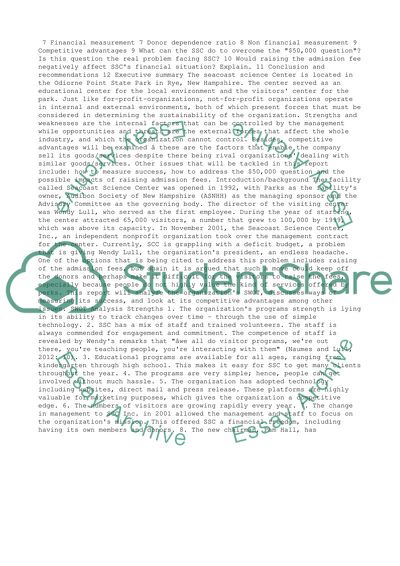Cite this document
(“Seacoast Science Center Term Paper Example | Topics and Well Written Essays - 1750 words”, n.d.)
Retrieved from https://studentshare.org/management/1479439-ypseacoast-science-centery-case-analysis
Retrieved from https://studentshare.org/management/1479439-ypseacoast-science-centery-case-analysis
(Seacoast Science Center Term Paper Example | Topics and Well Written Essays - 1750 Words)
https://studentshare.org/management/1479439-ypseacoast-science-centery-case-analysis.
https://studentshare.org/management/1479439-ypseacoast-science-centery-case-analysis.
“Seacoast Science Center Term Paper Example | Topics and Well Written Essays - 1750 Words”, n.d. https://studentshare.org/management/1479439-ypseacoast-science-centery-case-analysis.


